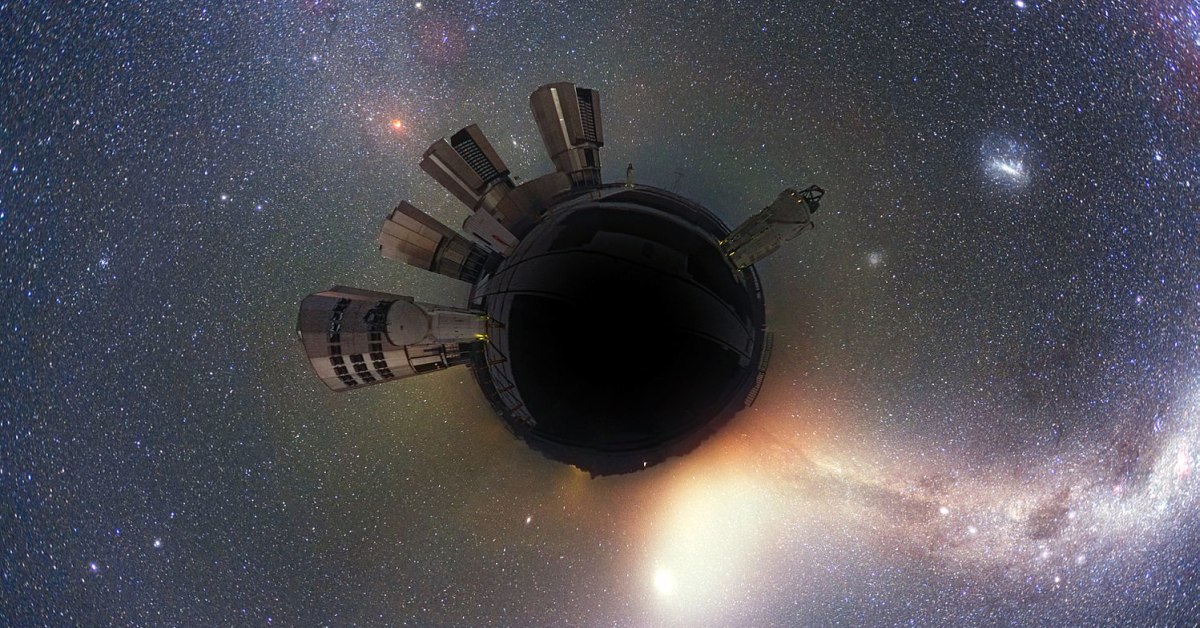The AI combed through 150TB of data from 820 nearby stars.

The Search for Extraterrestrial Intelligence (SETI) has been a long-standing quest for scientists and researchers to uncover evidence of life beyond our planet. With the advancement of technology, the search has shifted from visual observations to radio signals as a means of detection. Now, a college student’s work has potentially brought about a major advancement in this area, Popsci reported.
Peter Ma, a third-year student studying math and physics at the University of Toronto, has collaborated with SETI and the Breakthrough Listen initiative to develop a new neural network technique. This technique can quickly analyze large amounts of radio signals from space in search of indications of extraterrestrial intelligence. The new findings were published in Nature Astronomy.
The theory behind this method is that advanced alien civilizations may emit signals that can be differentiated from natural radio signals, and narrowband radio frequencies are believed to be potential markers for extraterrestrial life, as they would require an artificially constructed transmitter.
Previous search algorithms were limited by being based solely on human-defined anomalies. However, Ma’s deep machine learning system offers the ability to consider alternative perspectives, which human-created algorithms are often unable to replicate.
“People have inserted components of machine learning or deep learning into search techniques to assist [emphasis theirs] with the search. Our technique is the search, meaning the entire process is effectively replaced by a neural network, it’s no longer just a component, but the entire thing,” Ma explained to PopSci.

Ma’s deep learning system has already produced promising results, having identified eight new signals of interest. The results are even the more interesting as the program discovered this potential evidence of extraterrestrial life while reviewing 150TB of data from 820 stars in close proximity to Earth that had already been analyzed using traditional methods. Although they had been deemed to lack significant findings, Ma’s program was able to uncover something worth further examination.
In a summary he published on Monday, Ma explained why this would have the case, explaining that he previously found standard supervised search models too limiting. These models only recognized candidates that matched simulated signals they were trained on, and they lacked the ability to identify arbitrary anomalies. At the same time, existing unsupervised methods were too “uncontrollable”, flagging even slight variations, and thus mostly returning irrelevant findings. Ma found a solution by intermediately swapping the weighted considerations during the deep learning program’s training, allowing the team to create a balance between the strengths of both methods.
Ma’s program effectively serves as an extra checker for possible signs of extraterrestrial life, highlighting anomalies that may be missed by human observers or other AI programs. However, Ma notes that the program still requires significant engineering effort to guide it in learning the specific properties desired by researchers.
“We still need human verification at the end of the day. We can’t solely rely on, or trust, a black box tool like a neural network to conduct science,” he writes. “It’s a tool for scientists, not a replacement for scientists.”
Ma warns that the 8 newly detected signals of interest have low statistical likelihood of providing conclusive evidence of extraterrestrial life. Nevertheless, his new AI developments could prove to be a valuable aid in more precise searches of the stars. SETI, Breakthrough Listen, and Ma are already preparing to assist in 24/7 monitoring of technosignature observations using South Africa’s MeerKAT telescope array and conducting analysis to look for similar signals in vast amounts of data.

So who knows? As the search continues, we may one day finally uncover evidence of life beyond our planet, making a big step on our quest to unlock the mysteries of the universe.
